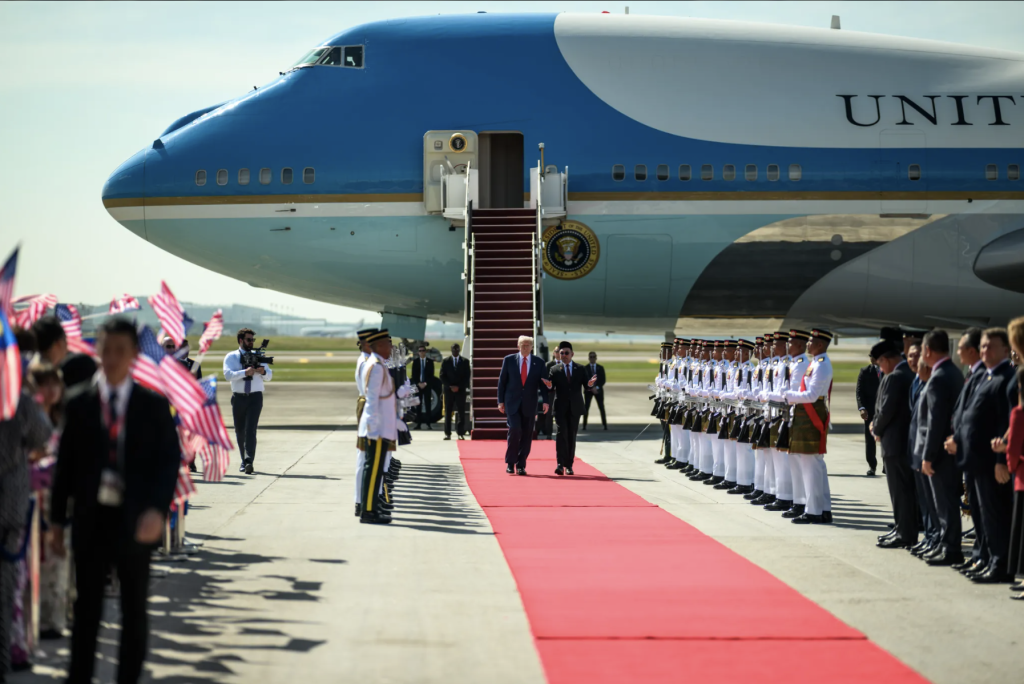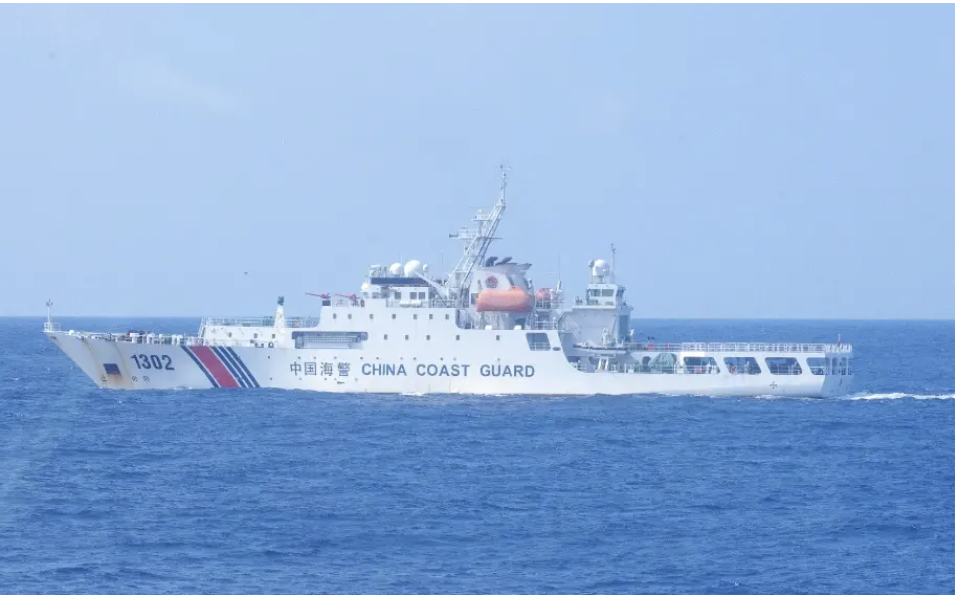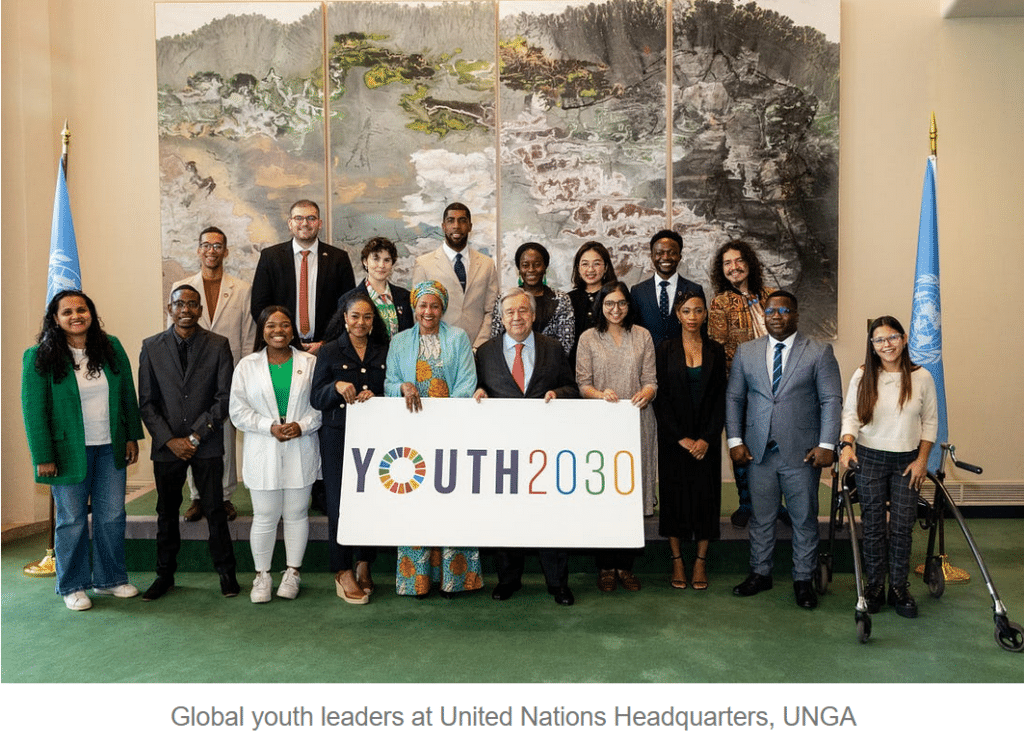Mao Weizhun’s People-to-people
People-to-people exchange is one kind of public diplomacy which aims to improve mutual understanding and friendship between countries based on people exchanges, cultural communication, and cooperation in culture-related enterprises such as films, education, sports, and media. Since 2012, people-to-people exchange has become a third important pillar of Chinese foreign policies in addition to political security and economic cooperation. According to Chinese policy design, it can be a policy tool in improving interstate relations between China and other countries. At the same time, it is also a feasible approach to promote China’s international initiatives, such as the Belt and Road Initiative and the framework of Human Community of Shared Future. With the guidance of China’s use of people-to-people exchange, China’s endeavors have made great progress and gradually connected ten countries and several regional organizations across different issues and continents.
However, since 2018, China’s people-to-people exchange has been confronted with increasing challenges, the most prominent of which is the process of securitization. The U.S. attempts to shape securitization acts by means of a series of security-related discourses and practices, exaggerating the security impact caused by China’s people-to-people exchange, and constructing China’s people-to-people exchange as an existential threat.
Before 2018, people-to-people exchange between China and the U.S. was held in great value. Sino-U.S. high-level consultation mechanisms on people-to-people exchange and high-level dialogue mechanisms on social science and humanities were successively established, constantly promoting the institutionalization of Sino-U.S. people-to-people exchange. At the end of 2017, however, the Trump administration released the National Security Strategy, which clamored for great power competition and deemed China as a strategic competitor. The Sino-U.S. people-to-people exchange was then formally regarded by the U.S. federal government as an “existential threat” to U.S. national security and dragged into the following securitization operation. The operative mechanism of people-to-people exchange has been influenced by securitization and its function as a lubricant has thus been hampered.
The Impact of Securitization on Functional Mechanism of People-to-people Exchange
In a theoretical sense, people-to-people exchange can be a catalyst between some countries such as Ping Pong Diplomacy in the last century. It aims to help transfer the interstate relations from initial dialogue to further friendship; it also tries to consolidate the foundation of bilateral relationships and contribute to resolving disputes with each other. People-to-people exchange can help to reduce interstate tension, build positive atmospheres to resolve problems, extend cooperative space, develop communication networks, and improve interaction between different actors across countries.
Firstly, signal delivery is faced with competition of different signals and possible misreads of the willingness for increases of people-to-people exchange. Signaling mechanisms act as the premise of people-to-people exchange, functioning as a lubricant. The first step of bilateral and multilateral people-to-people exchange is that each side signals and expresses willingness of benign interaction. In the context of securitization, people-to-people exchange is constructed as an existential threat to the U. S. The agent of the securitization leads the audience to interpret people-to-people exchange by means of securitization speech and actions and persuades the audience to also view people-to-people exchange through the previously-set perspective of securitization, which increases the possibility of people-to-people exchange being misinterpreted. For instance, after the Confucius Institute was slandered as part of China’s interference, some U.S. universities have shut down or moved Confucius Institutes off-campus due to political pressure.
Secondly, the spillover effect of people-to-people exchange is unsatisfactory, imposing multiple challenges to breaking the stalemate by the approach of people-to-people exchange. Spillover mechanisms are the key to people-to-people exchange’s functioning, which aims to extend the better effects in people exchanges to other areas such as economic, political, social and diplomatic interactions. As a result, people-to-people exchange attempts to forge friendship and mutual understanding in realms of culture and humanity, construct the social public opinion foundation among nations, and establish premises for the development of other categories of state-to-state relationship. Nevertheless, with the securitization of previously benign relationships, the willingness to conduct people-to-people exchange is neglected. The Sino-U.S. people-to-people exchange is limited by U.S. legislation and has evolved into a U.S. debate of power competition policies. The logic of politicization and securitization dominates the signaling of people-to-people exchange.
Thirdly, the sticking mechanism of people-to-people exchange is heavily restricted and thus erodes the collective identity promoted by people-to-people exchanges. The sticking mechanism of people-to-people exchange furthers its function as a lubricant. As a tool of foreign policy, people-to-people exchange should be applied in tandem with other policy tools like commerce and aid. However, the consolidating effect of people-to-people exchange will decrease drastically when influenced by securitization. Meanwhile, the negative interpretation of the targeted nation’s diplomatic tools is also bound with people-to-people exchange, strengthening the notion that people-to-people exchange is an “existential threat”. For instance, the souring Sino-U.S. people-to-people exchange is the product of U.S. commercial onslaught on China and competition for influence.
When the three mechanisms work well, they promote the positive interactions between countries and decrease the degree of securitization speech and actions. However, when these three mechanisms do not work well, just like the current environment, its support power will be reduced, ideological confrontation will rise, and good will is perceived as ill will.
U.S. Securitization Operation on China’s People-to-people Exchange
In the trend of securitization, the signaling, spillover, and sticking mechanisms of China’s people-to-people exchange face total obstruction. Sino-U.S. people-to-people exchange is finally constructed as a securitization system characterized by speech act and politics of exception, which includes background structure, power relations, actors, and audiences. In this vein, people-to-people exchange can’t act as a catalyst; nevertheless, it becomes a “sin” in making the relationship worsen.
Firstly, as an important weapon of securitization, the U.S. securitization speech of people-to-people exchange has undergone four phases: the “soft power” phase, the “sharp power” phase, the “influence action” phase, and the “civil-military integration” phase. Before 2017, Confucius Institutes had been the target of U.S. discourse of Chinese soft power. Yet by the end of 2017, the securitization speech targeted at Confucius Institutes was operated in the name of smart power and was extended to other realms. With western countries’ fixation on sharp power, the U.S. applied the discourse of influence action (in this scenario, China exerting influence in target countries and all over the globe) into the securitization operation of China’s people-to-people exchange with the U.S. and the West. After 2020, the U.S. emphasized that China’s influence action was featured with a whole-of-society approach, in which all the actors in societal level are mobilized. At the same time, U.S. securitization speech accuses China of manipulating one kind of civil-military integration strategy via its people-to-people exchange in the world.
Secondly, U.S. Legislative and Executive Branches frequently use securitization in concert with the so-called “influence action” framework against China. U.S. legislation directly places the influence of and reaction to China’s people-to-people exchange with the U.S. in the framework of the National Defense Act, attempting to cut off funding for the Confucius Institute; exaggerate the threat of China’s people-to-people exchange on the U.S. military, intelligence and politics; and strengthen the responsive action to such existential threats and demand the integration of various means of national power, including diplomacy, economics, intelligence, laws and military.
The U.S. Executive Branch also applies approaches of executive orders to implement the National Security Act and restrict China’s people-to-people exchange. The first measure is that the Executive Branch establishes various agenda to block the normal people exchange between China and the U.S., control China’s influence, and expose export reviews on technologies which can be potentially utilized for the military. The second measure is that the U.S. State Department employs visa policies that limit the entrance or stay of specific categories of Chinese personnel. During the first half of 2020, the U.S. government issued three executive orders to restrict the issuance of visas to specific groups. The third measure is that the U.S. Executive Branch’s securitization practice follows the logic of creating a backdrop of existential threat, stimulating hostile policies and expanding the scope of securitization referents. The U.S. government strongly correlated Chinese exchange students and Chinese political and economic threats, directly deemed them as untraditional collectors of intellectual property, and criticized the students for being taken advantage of by the Chinese government.
The U.S. Legislative and Executive Branches are constructing the consensus of China’s people-to-people exchange as an existential threat. The National Defense Authorization Acts from 2019 to 2021 indicate that securitization speeches and practices in China’s people-to-people exchanges constructed by securitization agents have echoed with the audiences to some extent; in particular, this shows that the consents are reached by some congressmen and lawmakers, namely, “the authorized audience”. For example, U.S. universities and colleges were publicly opposed to the U.S. government’s restrictions on Chinese overseas students; U.S. elites were worried that the restrictions on Chinese overseas students would undermine the U.S.’s innovation advantage; many technology companies protested against the U.S. government’s visa policy on high-tech talents; some U.S. local government officials (for example, Asa Hutchinson from Arkansas) argue to promote Sino-U.S. people-to-people exchange in a more pragmatic way rather than restriction and prohibition. The logic of economic interest and asymmetrical power structure will likely be the intervening factors of the securitization of China’s people-to-people exchange towards the U.S.
Driving Dynamics of the Securitization of Sino-U.S. People-to-people Exchange
The world nowadays is undergoing momentous changes that have not been seen in a century. Great power competition is constantly intensifying, and the fast-paced development of the rising power and the status anxiety of hegemonic power provide the premise for the mindset of pan-securitization. Democrats and Republicans have reached a consensus to take a hardline approach against China. The intensification of great power competition and the differentiation between China and the U.S. keep strengthening the securitization of Sino-U.S. people-to-people exchange.
The hardline bipartisan consensus provides the premise for U.S. politicians to implement actions of securitization. On one side, the change of Sino-U.S. people-to-people exchange originates from the shift of U.S. engagement strategy with China. Since 2008, containing China has become a bipartisan strategic consensus. On the other side, conservative extremists entered the administration, which incessantly strengthened U.S. negative conceptions of China and built the sphere for decisions about China. Through the set perspective and by having the political means to do so, lawmakers manipulated Sino-U.S. people-to-people exchange and constructed it as existential threat to U.S. national security.
The intensification of great power competition is one important factor for U.S. implementation of securitization actions. Objectively, China’s increasing power in economics, technology, and its influence challenges U.S. hegemony. Deeming Sino-U.S. people-to-people exchange as an existential threat is beneficial to breaking the status quo rules and conventional political process and enables more social resources to react to China’s rise. In addition, U.S. politics and culture has shifted from consensus construction to extreme confrontation. Consequently, during periods when the Sino-U.S. relationship is intense, the people-to-people exchange is often labelled as the argument of “China’s Threat” in a new era.
The arguments of ideological threat from the West intensifies the clashing discourses of Sino-U.S. people-to-people exchange. The U.S. is concerned that Sino-U.S. people-to-people exchange will promote the expansion of China’s ideology in America. The intention of the actor is to underline the so-called “China’s Threat” to Westerner’s democracy from the perspective of ideological confrontation and to turn democratic states against China. Under such narrative structure, the Confucius Institute Threat, the decoupling of Sino-U.S. People-to-people exchange, and “China’s Threat” have become the main discourse hampering Sino-U.S. people-to-people exchange.
Currently, China’s people-to-people exchange is confronted with escalating securitization pressure manipulated by western countries. The securitization of the relationship impacts China’s policy design of promoting bilateral and multilateral development through people-to-people exchange, and undermines the mechanism through which people-to-people exchange promotes interstate relationship development. Considering the intensifying trend of great power strategic competition, the de-securitization of Sino-U.S. people-to-people exchange will be a long-term process.
China and the U. S. people-to-people exchange needs new actors, new issues, new structures, and new agencies; more importantly, it needs new momentum to restart. China has to cope with a bottom-line thinking that deals with the risks and uncertainties prudently, actively expand the space for furthermore deepening the extent of people-to-people exchange, reshape Sino-U.S. strategic consensus and political mutual-trust, reform and improve policy systems of people-to-people exchange to enhance the effectiveness, consolidate the policy support for people-to-people exchange by other related departments, and construct a systematic and updated discourse system in improving the people-to-people exchange globally. The aforesaid approaches will comprehensively help to strengthen the resilience of people-to-people exchange when faced with the impact of securitization and assist in achieving new diplomatic progress. However, only China can change; it cannot solve anything in a relational structure in front of great power competition with the thinking of politicalization and securitization.








